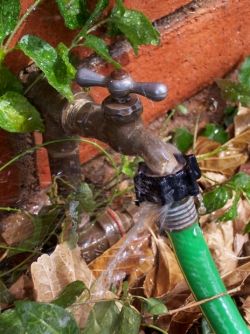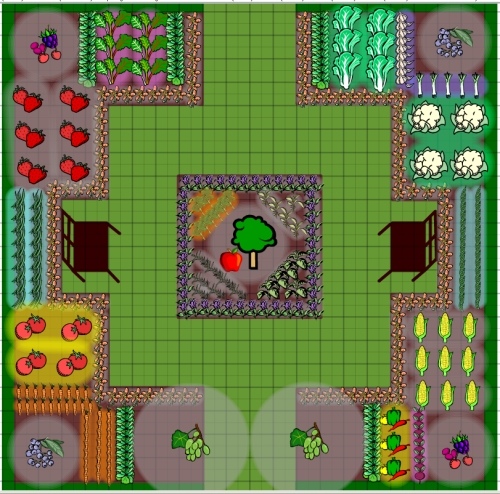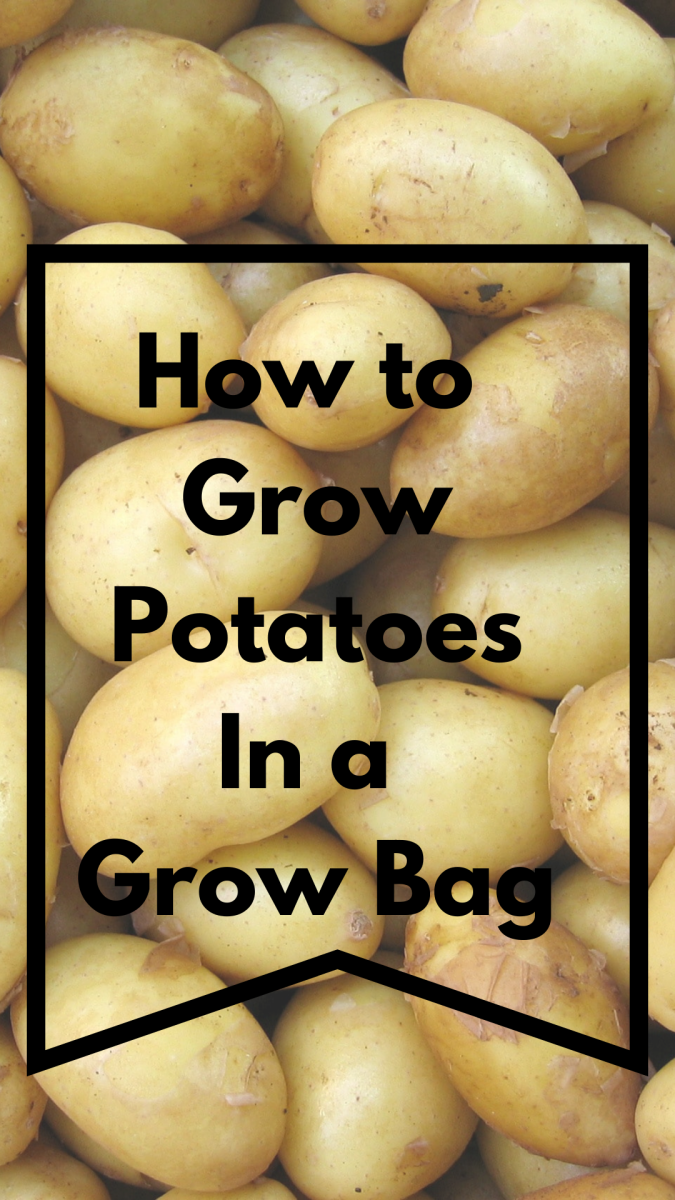Vegetable garden design

Vegetable Garden Design - Where to Start
When deciding on your vegetable garden design, you will need to take a good look at where you are going to situate your garden. Whether your garden will be large or small, it is very important to consider the amount of sunshine the site will receive, the direction of any hot or cold winds, the drainage of the soil, ease of access and the type of soil in the area. You will also need to take the time to decide which vegetables you are planning to grow in your vegetable garden.
Photo credit: my own
This article will help you to determine the best place to start your veggie patch.
.

Most important thing in your vegetable garden design
Exposure to sun and wind
The most important thing to consider when planning where to place your vegetable garden is exposure - exposure to sunshine and exposure to chilling wind or hot drying wind.
Your vegetable garden needs to have plenty of sun, preferably 8 to 12 hours of sunlight per day especially for the fruiting vegetables such as tomatoes, peppers, zucchinis, eggplants, cucumbers and squash. Root vegetables such as beets, radishes and carrots can cope with less hours of sun, and leafy veggies such as swiss chard, spinach and lettuce and traditional winter vegetables like turnips and cauliflowers will tolerate the most shade - even as little as 4 hours of sunlight per day.
In your planning phase, watch your yard on a sunny day to see where the sunniest positions are. What a great excuse to sit outside on a chair with your sunglasses, sunhat, sunscreen and a nice cool drink. And you have my permission to watch with your eyes closed for a while - after all, that sun moves so slowly! Don't forget that in Summer the sun will be higher in the sky than in Spring or Autumn (Fall).
You also want your garden to be sheltered from chilling winds, which can stunt growth, and from hot drying winds, which can dry out the soil too quickly. And strong winds can blow your taller plants or your trellises and tepees over. It can also lower the temperature in the garden. So it is wise to ensure there is a fence, building or hedge of low shrubs or young evergreens to shelter the garden in this direction to slow or minimize this wind. (Hint: pack up that chair and go back inside when testing this one.) Bear in mind though that you don't want this hedge to block the sun or to send out roots to compete with your veggies for water or nutrients.

The convenience of your vegetable garden
Ease of access
Another factor to consider in your vegetable garden design is convenience. You will want your garden to be reasonably accessible so that if you do have a few moments to spend in your garden, you will not waste half your time in getting there. And you do not want to be making frequent time-wasting trips from your garden to the house for forgotten tools or seeds. An easily accessible garden will more likely be used when cooking too. If it is too much effort to go out to snip a few leaves of parsley, the cook may just reach for the dried herb rack.
Picture courtesy of farmert on morguefile.

Drainage in your vegetable garden design
Look at the drainage in the area you will be situating your vegetable garden
Rice may like being flooded, but your vegetables will not like to be waterlogged. Good drainage is another important factor in your vegetable garden planning. In areas of poor natural drainage, such as heavy clay, the ground can become water-logged, particularly in flat and low lying areas. Continual water-logging can result in restricting oxygen absorption at the roots which will damage your vegetables. Fortunately this can be rectified by building raised garden beds or by installing artificial drainage systems, either surface or underground.
Picture courtesy of chilombiano on morguefile.
A surface drain will remove surface water. This can be achieved by digging drainage channels (e.g. French drain) or shallow trenches between the beds. These channels or trenches may or may not be connected together but must empty into a lower areas of the garden or a stormwater drain. Alternatively the beds can raised, leaving the paths in between to be the surface drains.
An underground drain is more expensive but more effective since it drains the soil in the root zone. The underground drain will need to be constructed 1½ to 2 feet (45-60cm) below the level of the soil so it will not interfer with cultivation. It is best situate these drains under the garden beds, but if this is not possible, under the paths will do.
Fixing drainage problems in your garden
This video talks about drainage for your lawn and flower gardens, but it will also apply to vegetable gardens.

Access to Water
How easy will it be to water your garden?
You will need to make sure you have easy access to water when you design your vegetable garden. Whether you set up a watering system or water by hand, you won't want to be too far from a water source. When my vegetable garden was smaller, I would water with a watering can, so I didn't want my garden beds to be too far from the faucet (tap). And now that my veggie patch is bigger, I use the hose with a spray attachment, so the hose needs to be able to reach all the garden beds.
Picture credit: cohdra on morguefile.
Finally - check out your soil
Good soil is another important factor but it is unlikely that you will find a location anywhere in your yard with ideal soil ready for planting. But don't despair. Most soils can be improved to be a productive vegetable garden. And if all else fails, you could build a raised garden bed in which you can put your own mix of compost and other goodies.
Software to help you design your vegetable garden

Please share any other advice you have about the best place to position a veggie garden or any other helpful hints.



